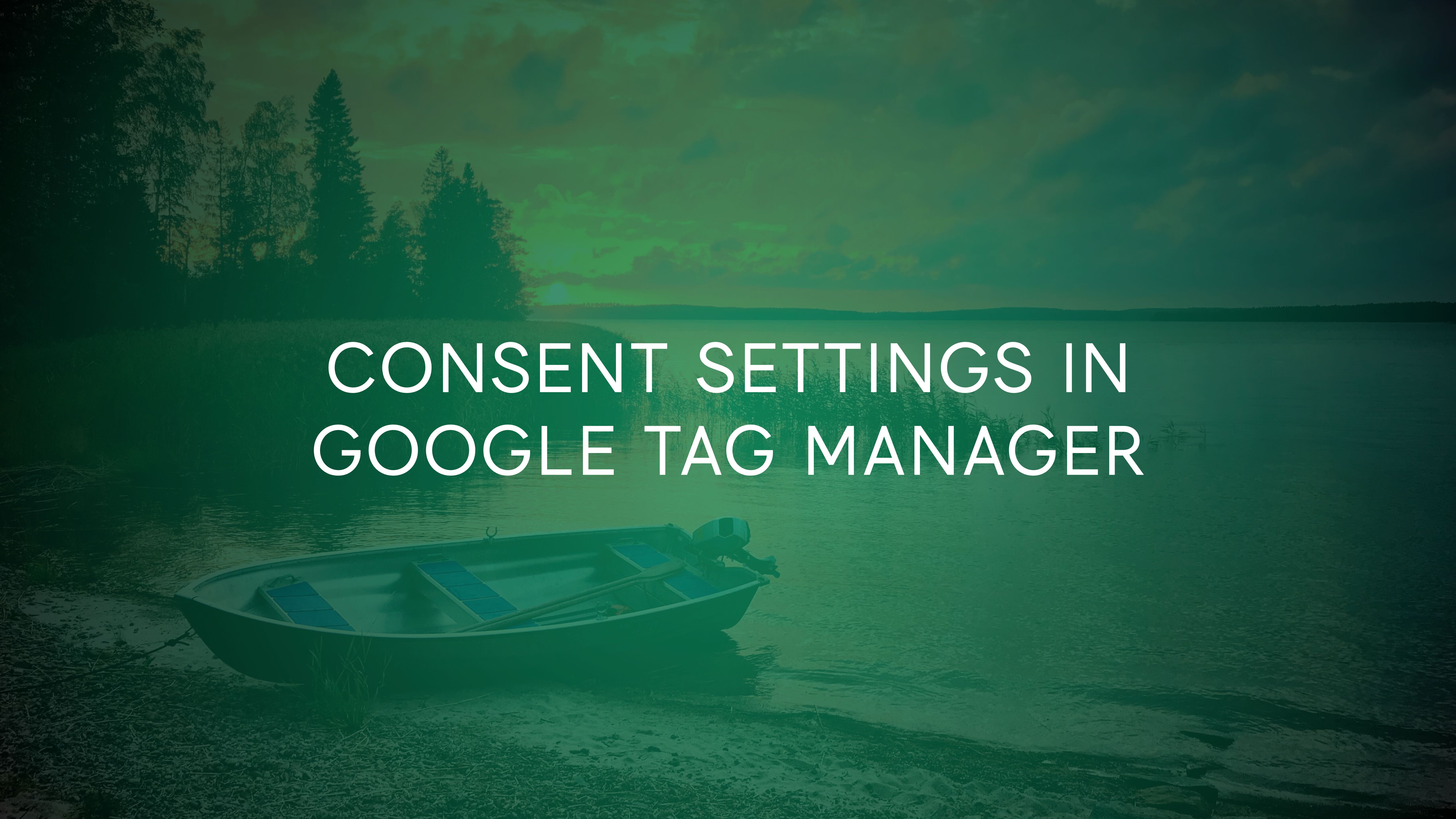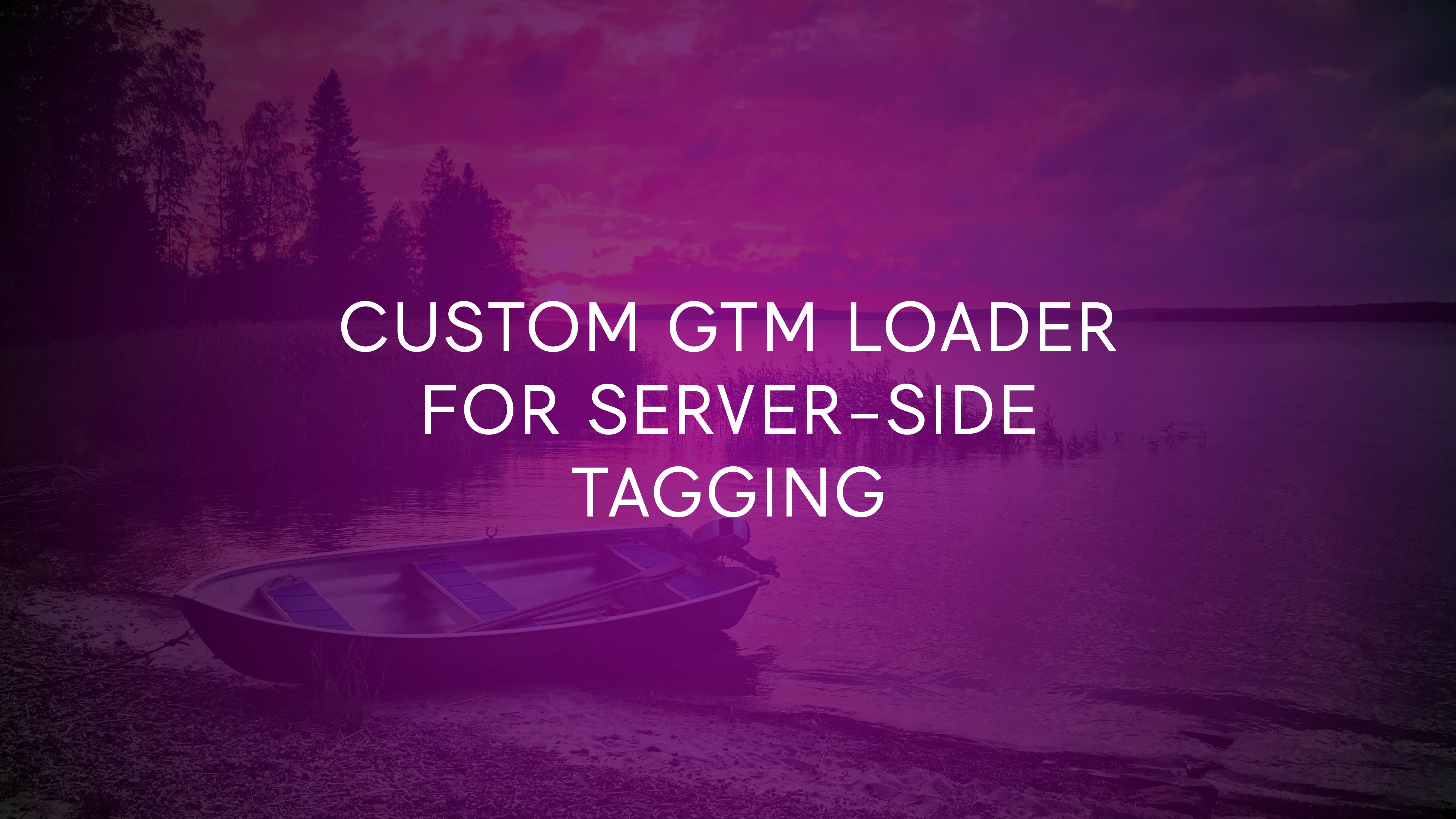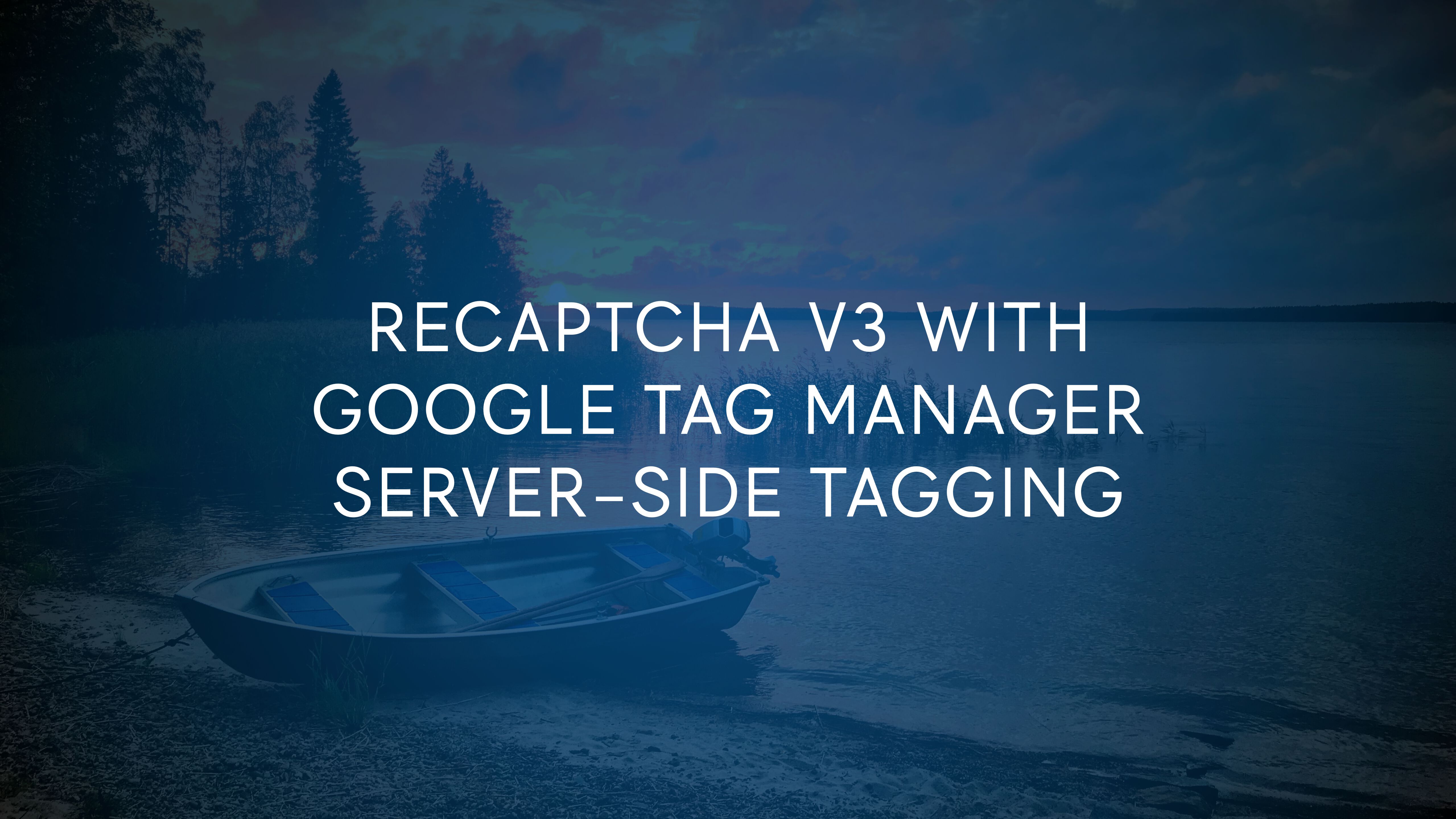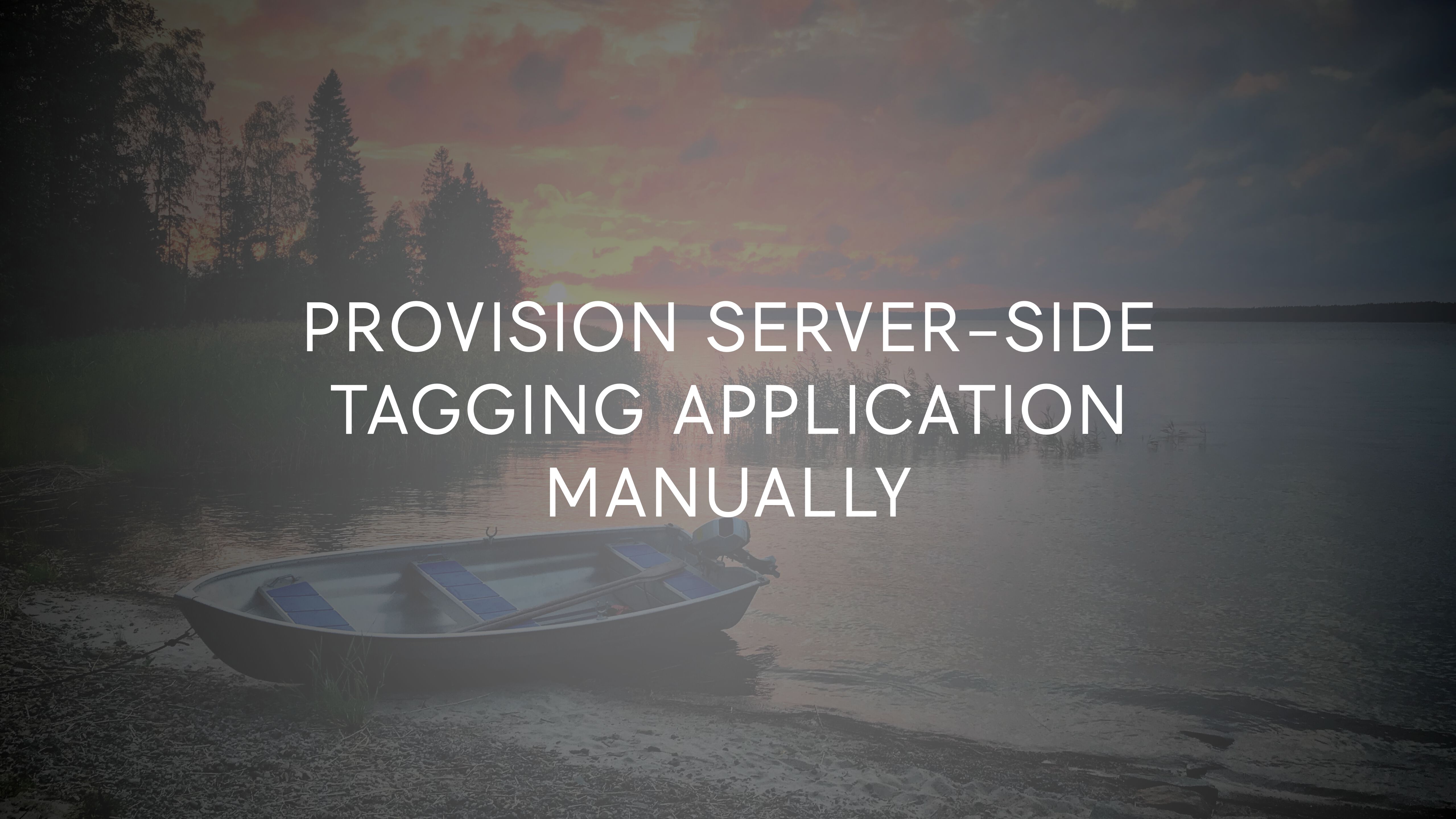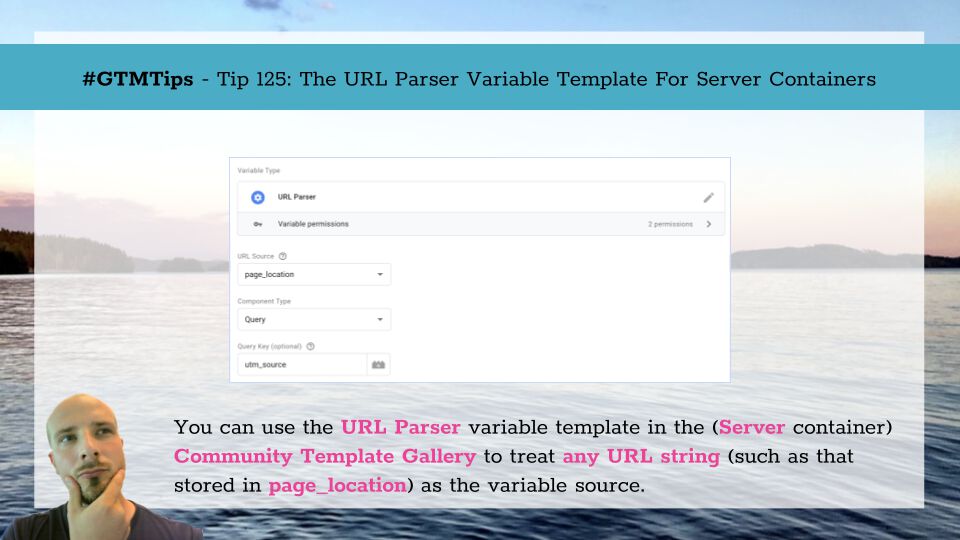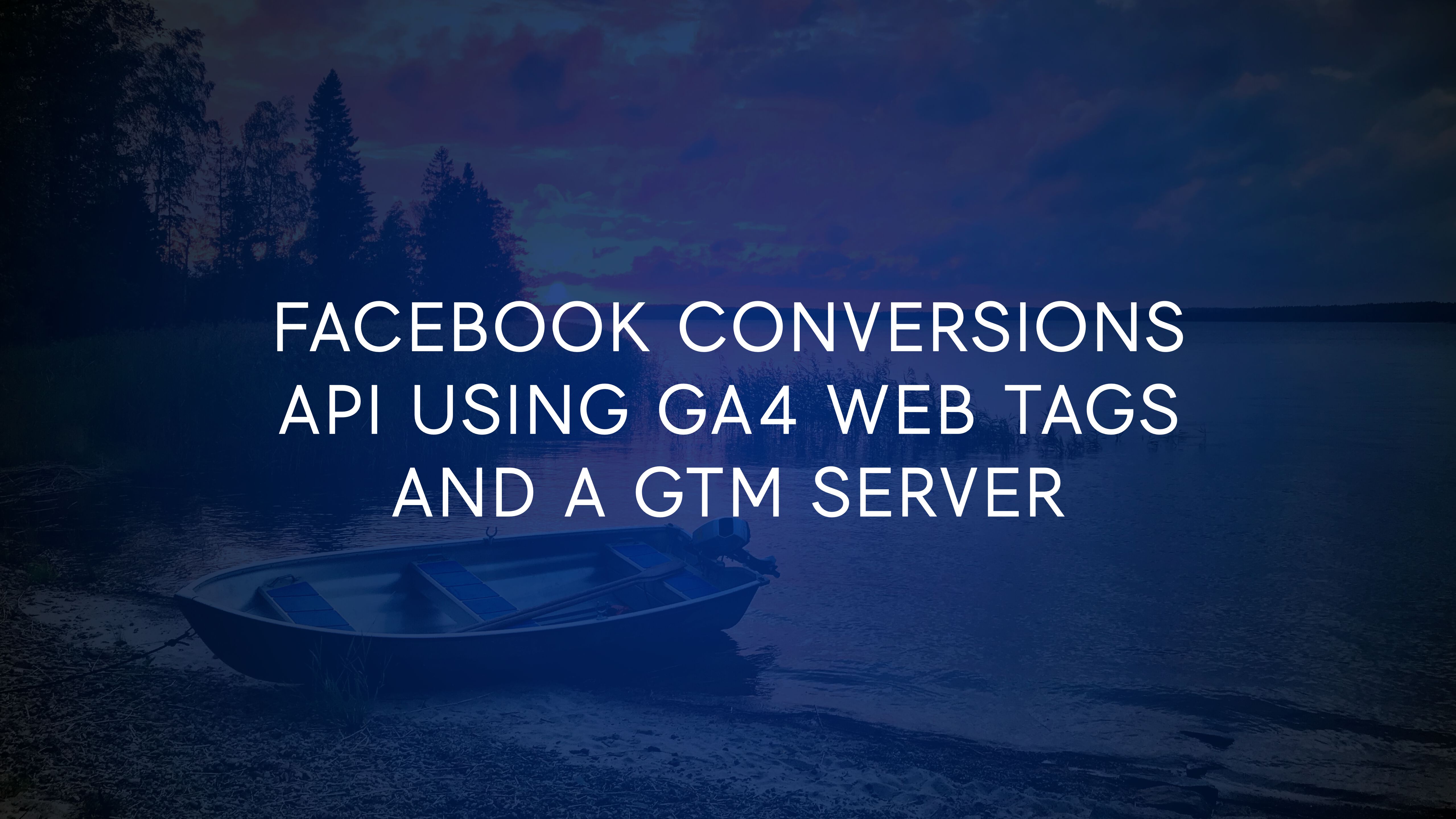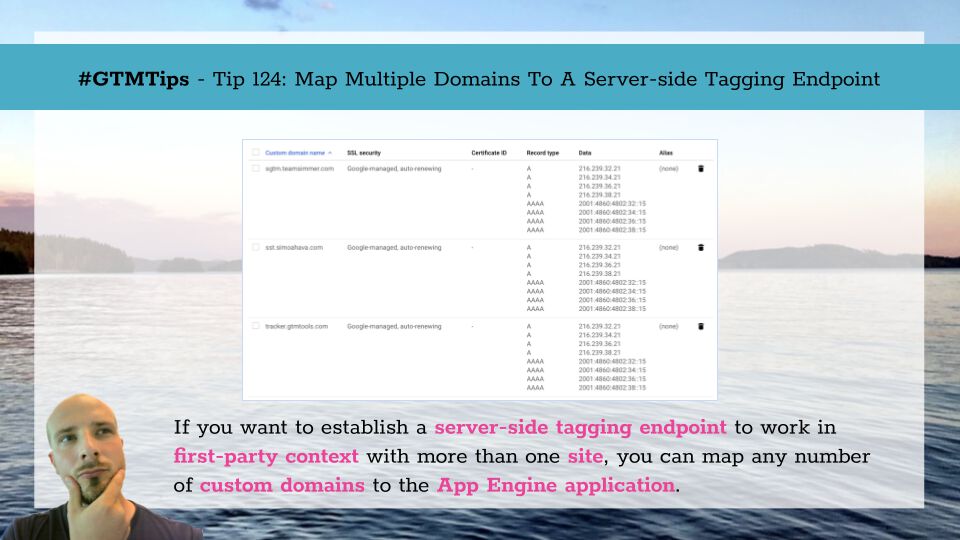Last updated 1 December 2023: New consent signals added
Ever since Google Analytics released the first features of consent mode, I’ve been anxiously waiting for news about a more tightly-knit integration with Google’s preferred implementation solution: Google Tag Manager.
In a recent release, Google released a veritable cornucopia of new features that should assist in determining and implementing consent not just across Google tags, but any tags running in the container.
